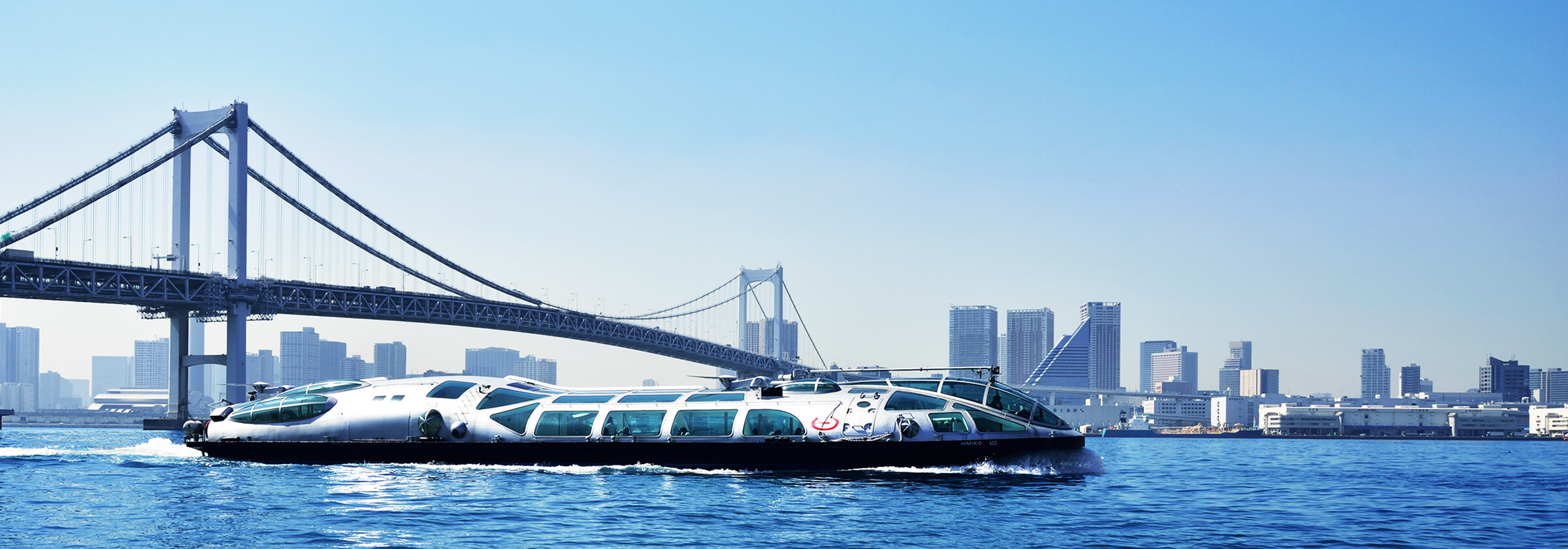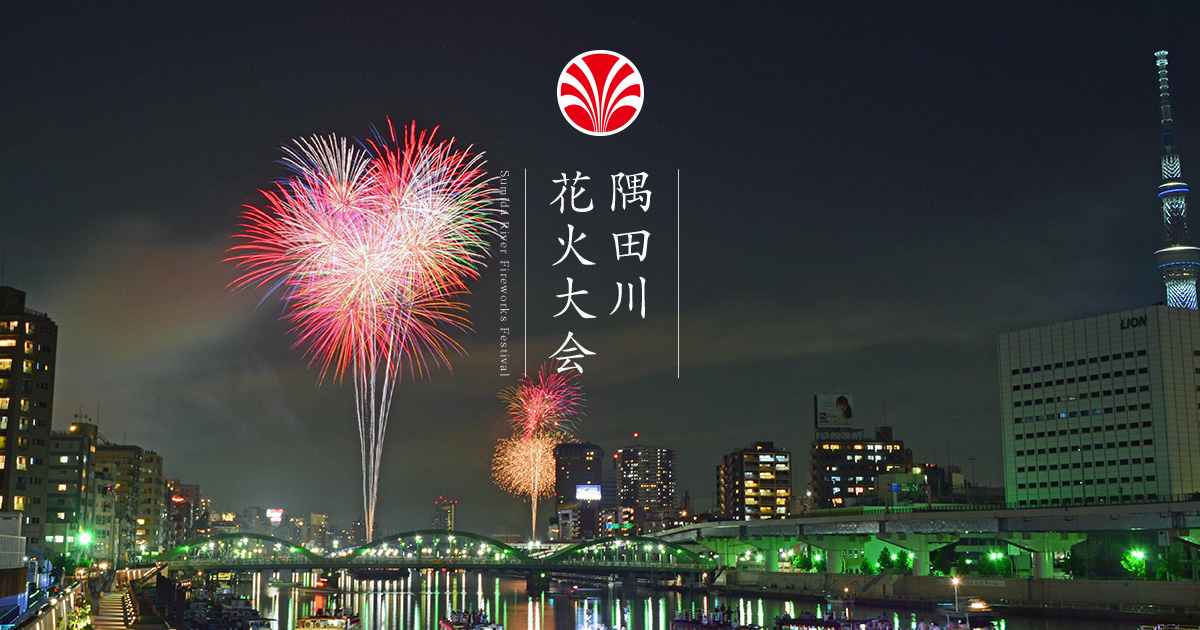Hana
Haru no urara no Sumida-gawa
Nobori kudari no funabito ga
Kai no shizuku mo hana to chiru
Nagame wo nani ni tatoubekiMizu ya akebono tsuyu abite
Ware ni mono iu sakuragi wo
Mizu ya yuugure te wo nobete
Ware sashi maneku aoyagi woNishiki orinasu choutei ni
Kurureba noboru oborozuki
Geni ikkoku mo senkin no
Nagame wo nani ni tatoubekiLyricist:TAKESHIMA Hagoromo
Composer:TAKI Rentarou
in 1900
Flower
On the Sumida River of spring’s freshness
Boatmen come and go with the tides
Drops from their oars scatter like blossoms
What should one make of this scene?
At dawn, covered in dew
The cherry trees have something to say to me
At dusk, reaching out my hand
I beckon the blue willows to come closer
On the long dyed brocade embankment
The hazy moon rises as night falls
Truly, even a moment of this view is worth a thousand gold pieces
What should one make of this scene?

Hana: The Melody of Japanese Spring
Many people may remember this song when they think of spring scenery in Japan.
The melody, filled with the joy of the arrival of spring after winter, shines like the surface of the river in the sunlight, and the lyrics, which describe the unique beauty of the cherry blossom scenery, match perfectly, making this song the standard for spring in Japan.

The Historic Sumida River and Its Cherry Blossoms
The Sumida River flows through the east of Tokyo, passing the Tokyo Sky Tree and Asakusa before emptying into Tokyo Bay.
The cherry trees sung as flowers in this song are planted mainly along the riverbanks (botei) of the Sumida River from Azuma Bridge to Sakura Bridge, and are called “Senbonzakura (a thousand cherry trees) on the Sumida River.

sumidatei no hanami / KOBAYASHI,Kiyochika

From Edo-Period Flood Control to Modern Hanami Celebrations
It is said that the cherry trees were originally planted by the 8th Tokugawa shogun, Yoshimune, for flood control, and the purpose was for people to gather and trample on the embankment.
Even today, the area is crowded with people during the cherry blossom season, and instead of boats sung with “oar drops,” pleasure boats designed by Matsumoto Leiji, a manga artist known for “Galaxy Express 999” and “Space Pirate Captain Harlock,” come and go, and people enjoy cherry blossom viewing drinks from morning until late at night.
Cultural Legacy: From Edo to Present Day
It is a spring event that brings the atmosphere of the Edo period to life.
In summer, the Sumida River Fireworks Festival attracts many people. The “Tamaya” and “Kagiya” are the trade name of a popular fireworks masters in Edo (present-day Tokyo). Kagiya still exists today.

Sumida River Fireworks Festival
The composer of this piece, TAKI Rentarou, went to Germany to study as a music student, but returned to Japan with tuberculosis and died at the young age of 25. His aspiration “for the development of high quality Japanese songs” continues to shine through the ages.









コメント